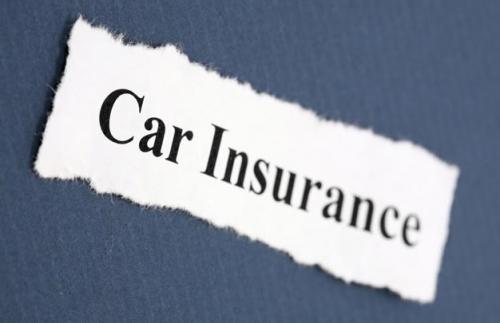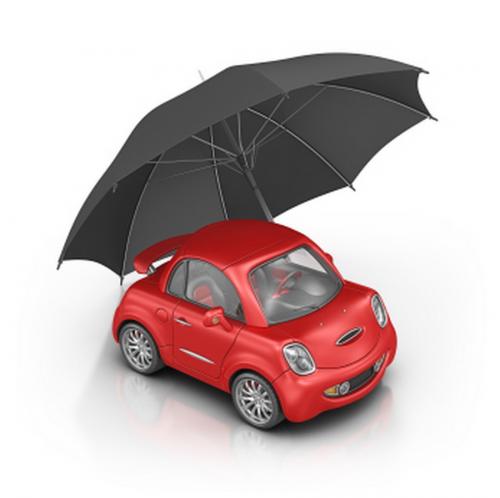10 salient features of Vehicle insurance

Vehicle
insurance is an integral part of vehicle ownership. Though it is a recurring
annual expense, good news is that you can pull off huge savings in the
premiums. Hence, it would be a good idea to be well aware of the nitty-gritty
of such policies.
1.
Two types of policies There are two types of vehicle insurance viz. Comprehensive
and Third Party. Third Party (or Liability Only policy): Any injury/death of a
third person and/or damage to his/her property - on account of any accident
caused by your vehicle - is covered under Third Party Insurance. It also
includes compulsory personal accident cover for the owner-driver. However, it
does not cover any damage to your vehicle. As per law, it is mandatory for
every vehicle owner to take Third Party Cover. Comprehensive (or Package
policy): To cover for loss/damage to your vehicle, you have to buy a
Comprehensive Policy. This will provide both Third Party and Own Damage covers.
As is not well known, taking policy for Own Damage is not mandatory. However,
it is advisable to cover for damages to own vehicle too.
2.
Risks covered The damage to your vehicle could be on account of - Natural
disasters such as earthquake, flood, storm, etc. - Man-made disasters such
as accident, theft, fire, riots, malicious act, etc. - While in transit by
rail/road, lift, elevator, etc.
3. Insured Value The vehicle is insured
for a value (called Insured Declared Value in policy parlance) based on the
manufacturer’s price of the vehicle minus the depreciation as per the vehicle’s
age. Third Party cover is as per the Motor Vehicles Act, 1988. While damage to
third party property is covered up to a sum of Rs.7.5 lakhs (for car)/Rs.1 lakh
(for 2-wheelers), there is no such limit on the cover for injury/death to the
third party.
4.
Premium Your premium would be determined by - What type of vehicle you own
such as model, capacity, age, fuel type, etc. - Which city you stay in
- What is your age / profession - What has been the claim experience
- Modifications made / Accessories added to the vehicle
5.
Premium saving options One of the most common options to save premium is the
facility of no-claim bonus (NCB), whereby you get a discount in your premium if
you haven’t made any claim in the previous year. Moreover, this discount
increases with each successive year of zero-claim and goes up to, as high as,
50%. Since this benefit is available year after year, one should avoid making
any small claims. (FYI: NCB is applied only on the Own Damage premium and not
on the Third Party Liability premium. NCB is given to ‘you’, not your vehicle.
As such you can transfer your NCB to any new vehicles that you buy. If your
policy lapses and you don’t renew it within 90 days, you will lose the benefit
of NCB.) Other strategies to reduce your premium include installing safety
devices; having membership of an automobile association; or opting for higher
deductibles.
6.
Add-ons You can enhance the protection by opting for Add-on covers to insure
for risks that are not covered under a standard policy. Some of the common
add-on covers include zero depreciation, no-claim bonus protection, accidental
hospitalization, etc. You can also buy add-on cover to provide personal
accident cover to the unnamed co-passengers in your vehicle or Workmen’s
Compensation to the driver.
7.
Claims Similar to your health insurance, many insurers nowadays offer cashless
facility if the vehicle is repaired at their authorized garages. Alternatively,
you always have the option of getting the vehicle repaired at your preferred
garage and then claim reimbursement from the insurer.
8. Exclusions You will not be eligible
for claim if - It is a normal wear and tear - Depreciation
- Mechanical or electrical breakdown - Using the vehicle for purposes
other than what is it intended for (e.g. using a private car as a taxi)
- Person driving the vehicle does not hold valid license - Person
driving the vehicle is under the influence of alcohol or drugs
9.
Deductible Deductible is the minimum specified amount of any claim that you
will bear, with the balance claim amount being payable by the insurer. A
standard policy normally has a compulsory deductible or excess of Rs.50 for
2-wheelers/Rs.500 for 4-wheelers. Higher deductible reduces the insurer’s
liability as also the likelihood of fraudulent claims. As such he may offer
lower premium for higher deductibles. However, too high a deductible may defeat
the very purpose of insurance. Hence an appropriate balance is desirable.
Source: http://www.moneycontrol.com/news/auto-insurance/10-salient-featuresmotor-insurance_991589.html?utm_source=ref_article









Comments